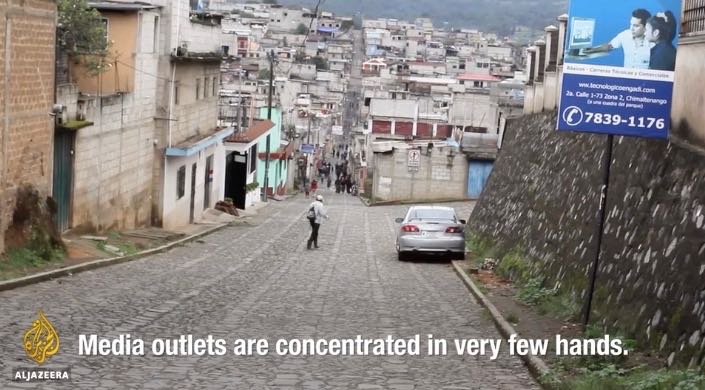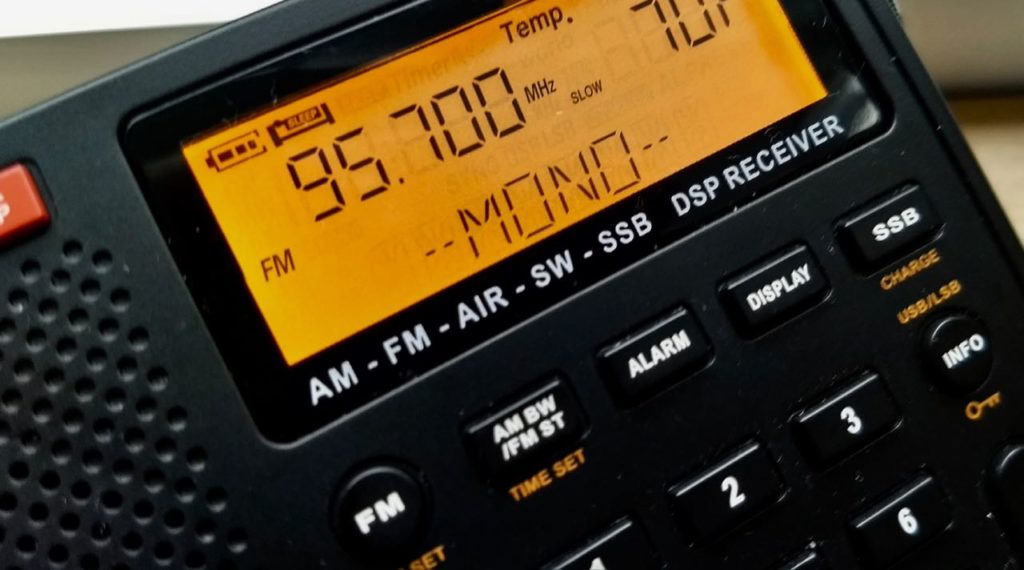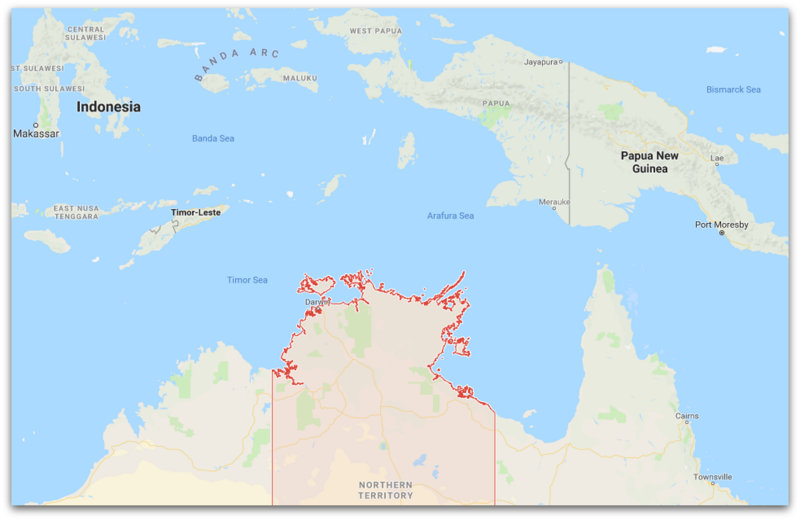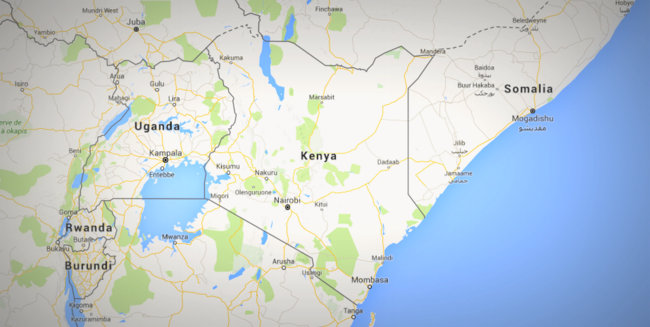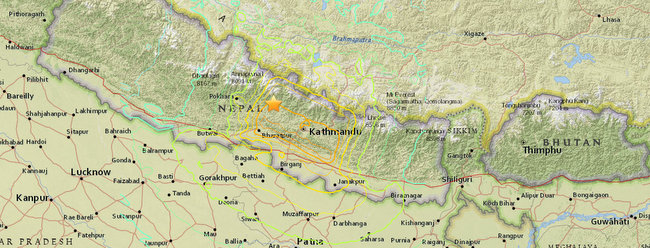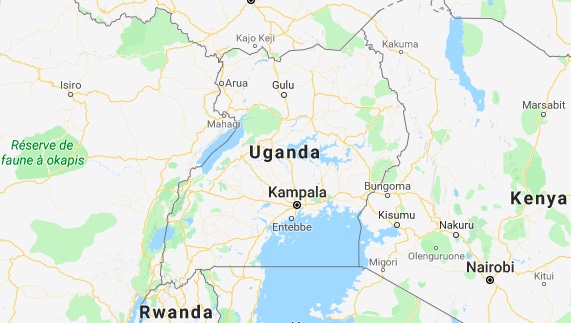
(Source: Global Voices via Mike Hansgen)
How RootIO Broadcasts Radio in Uganda Using a Bucket
The open-source toolkit allows users to broadcast using just a smartphone and a transmitter
Radio is still and continues to be a powerful medium across most of the African continent. Not only is radio used to share community information but it is cheap and very accessible. In Uganda, a mixing of radio’s power with new mobile and internet technologies has created a cheap and powerful open-source toolkit that allows communities to create their own micro-radio stations. All one needs is an inexpensive smartphone and a transmitter and a community that will share, promote and collaborate on dynamic content.
[…]They have no studio and all the radio shows are done using the host’s smartphone.
How does this work? Users can purchase most of the materials at local markets. A small transmitter is built into a waterproof bucket with a fan, a charge-controller and a smartphone, which is connected to an antenna and a solar panel.
The radio stations are really small and can serve a village or a couple of villages reaching to 10,000 listeners. The content produced by the radio hosts lives in the cloud so stations are able to share content with other stations.[…]
Click here to read the full article at Global Voices.
Note that we first published a post about RootIO five years ago. Very happy to see it’s now in use!

